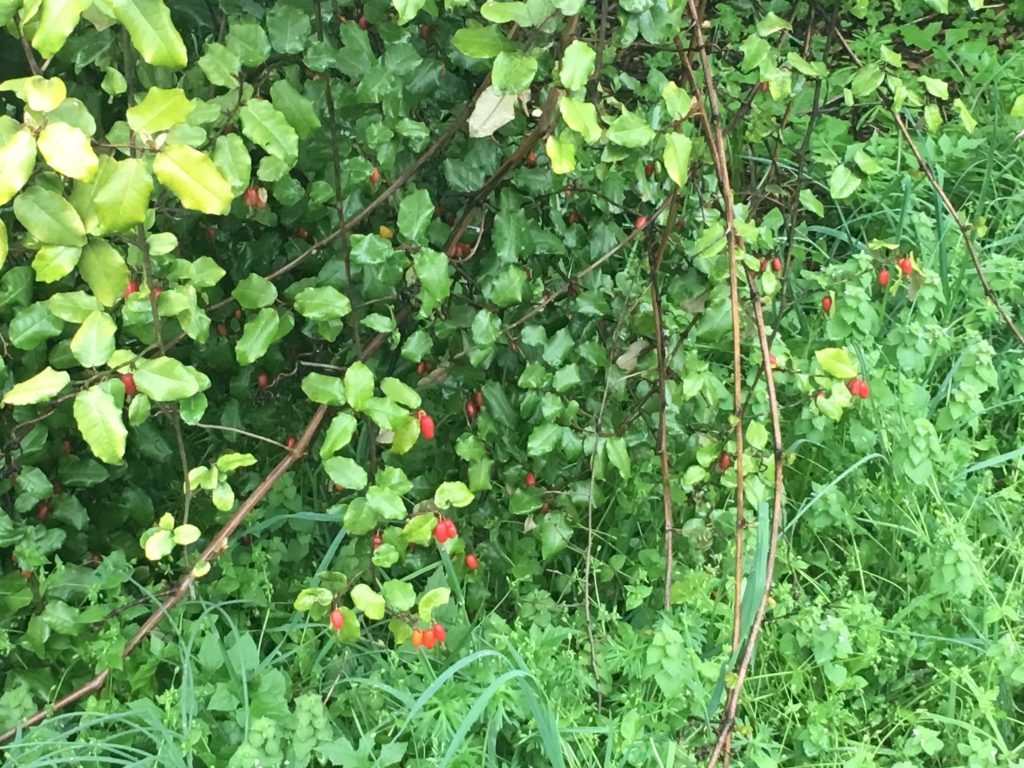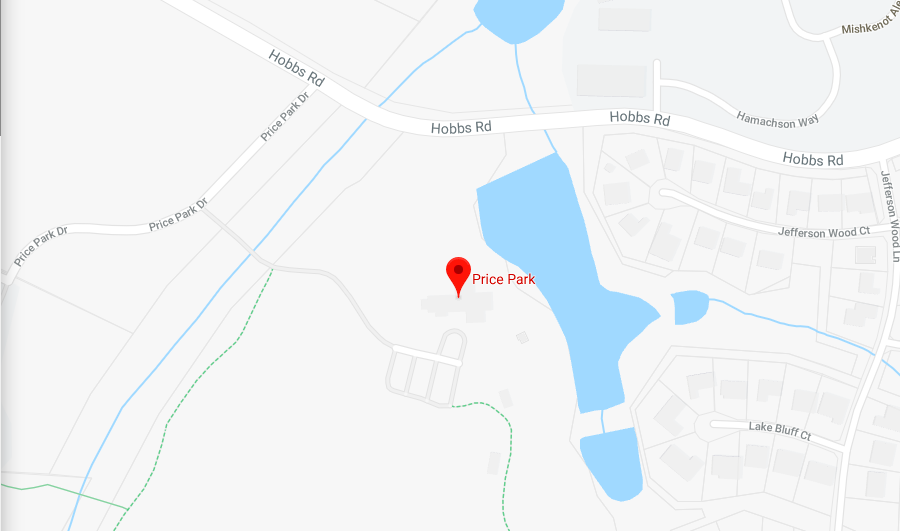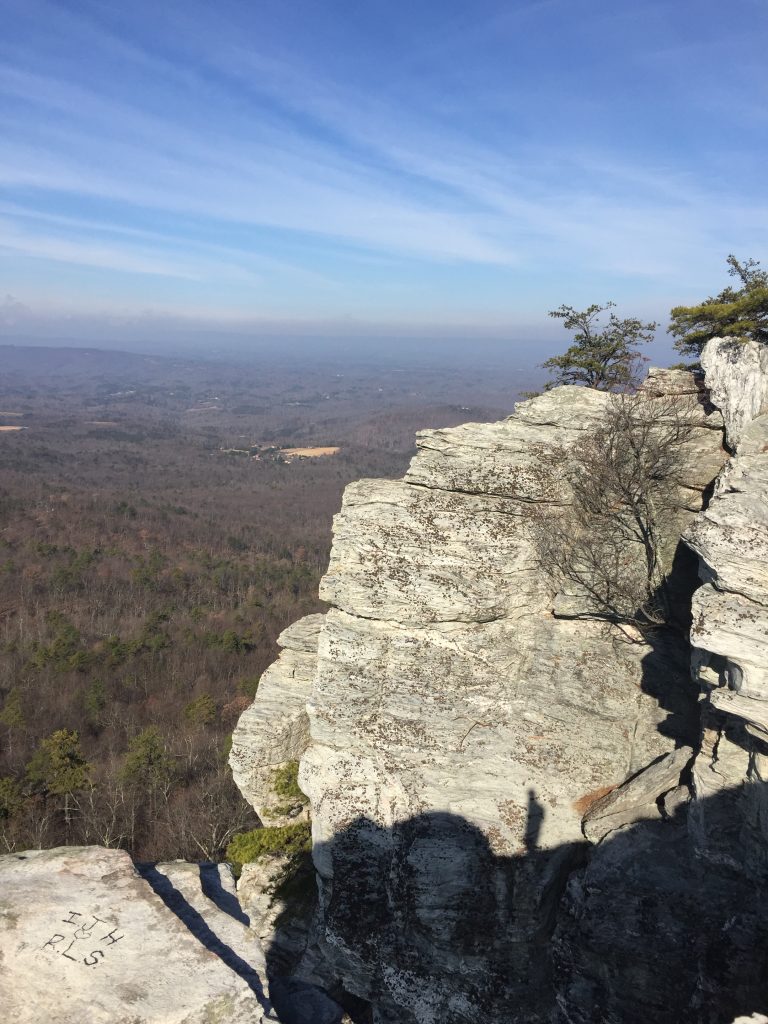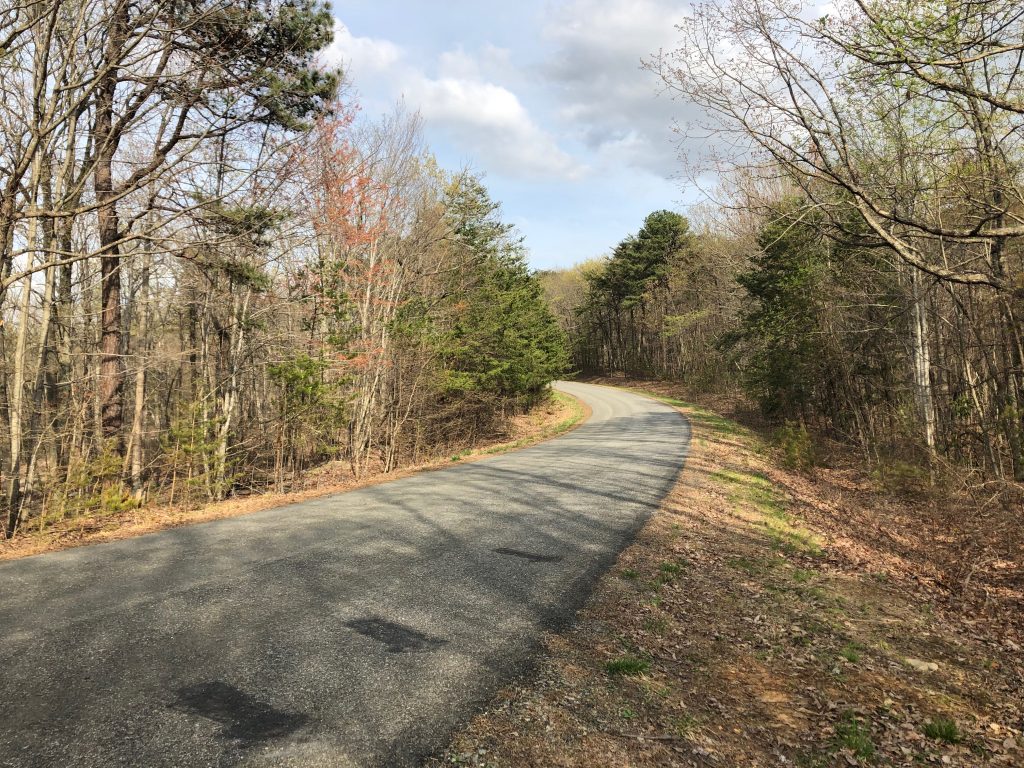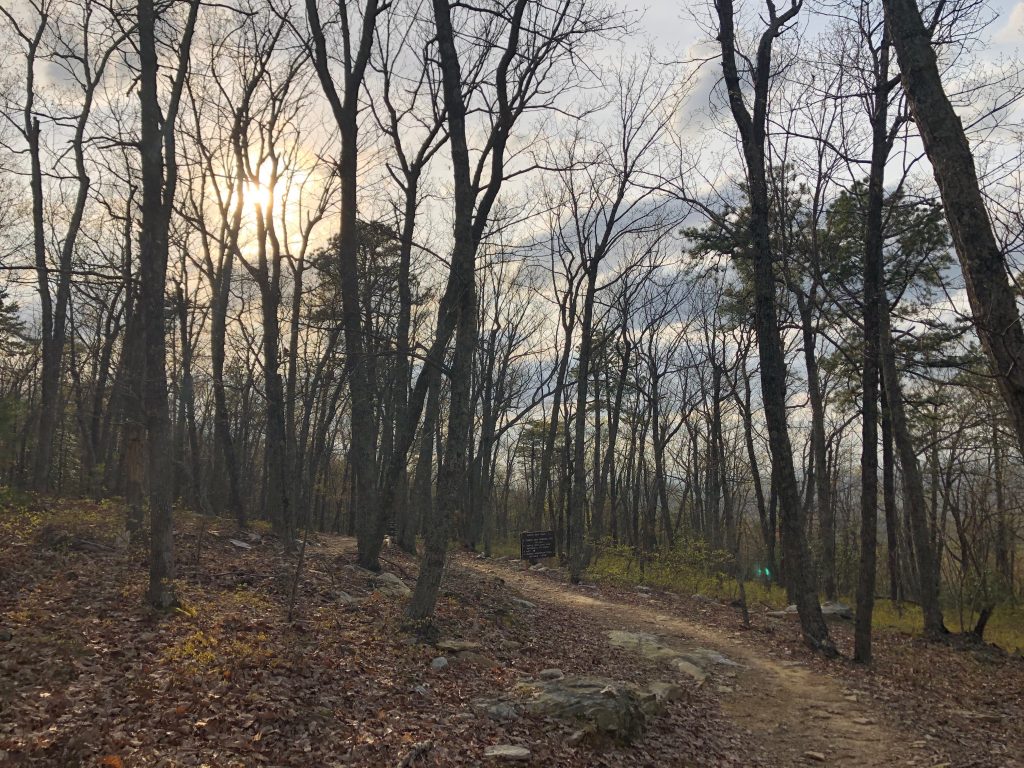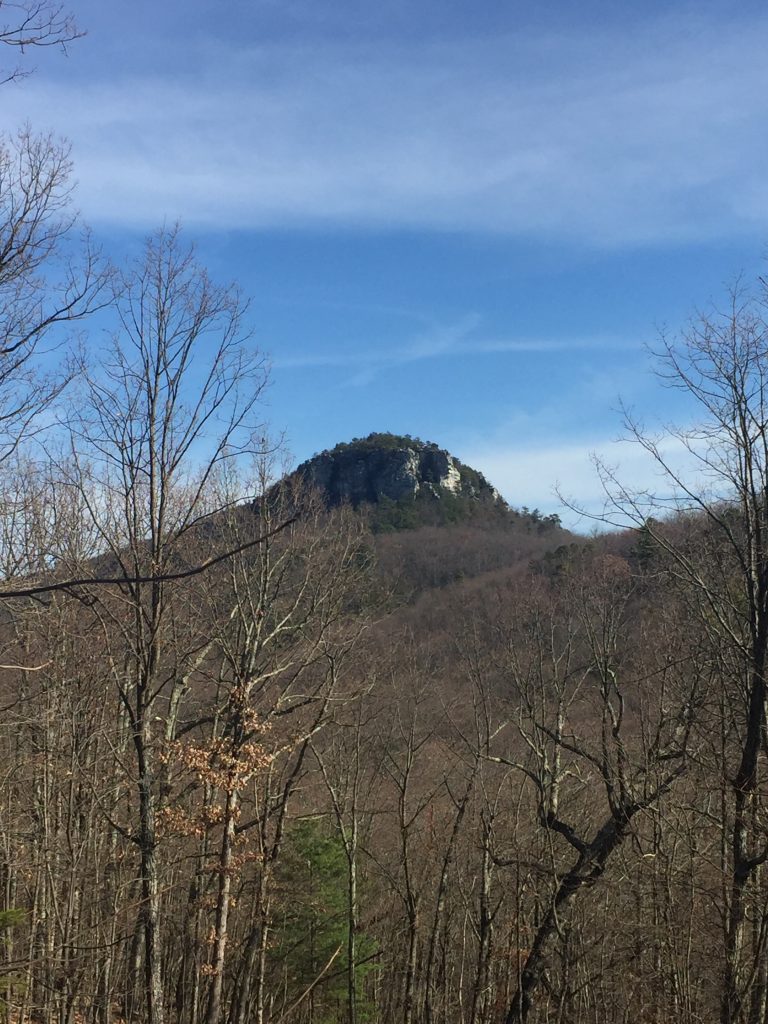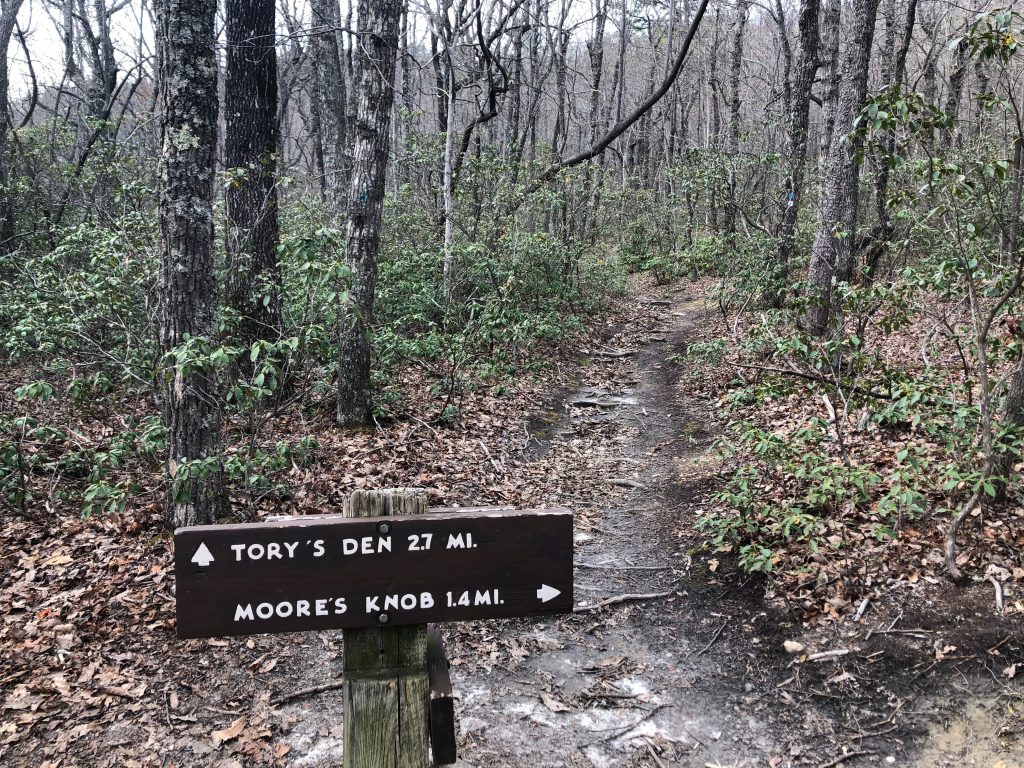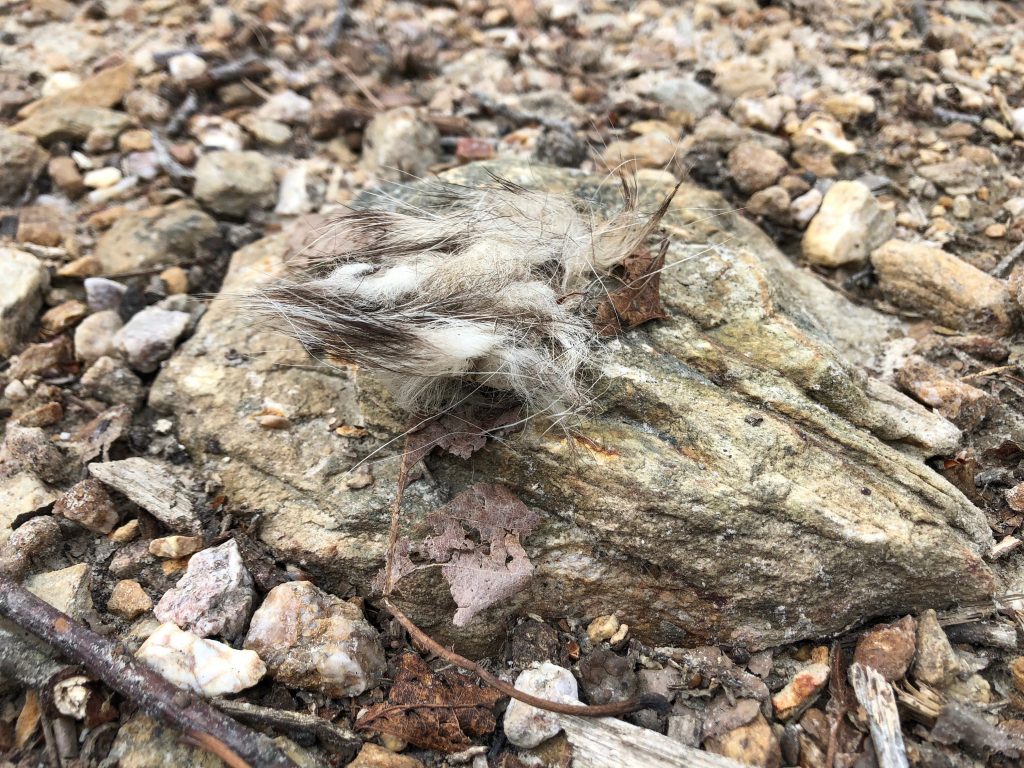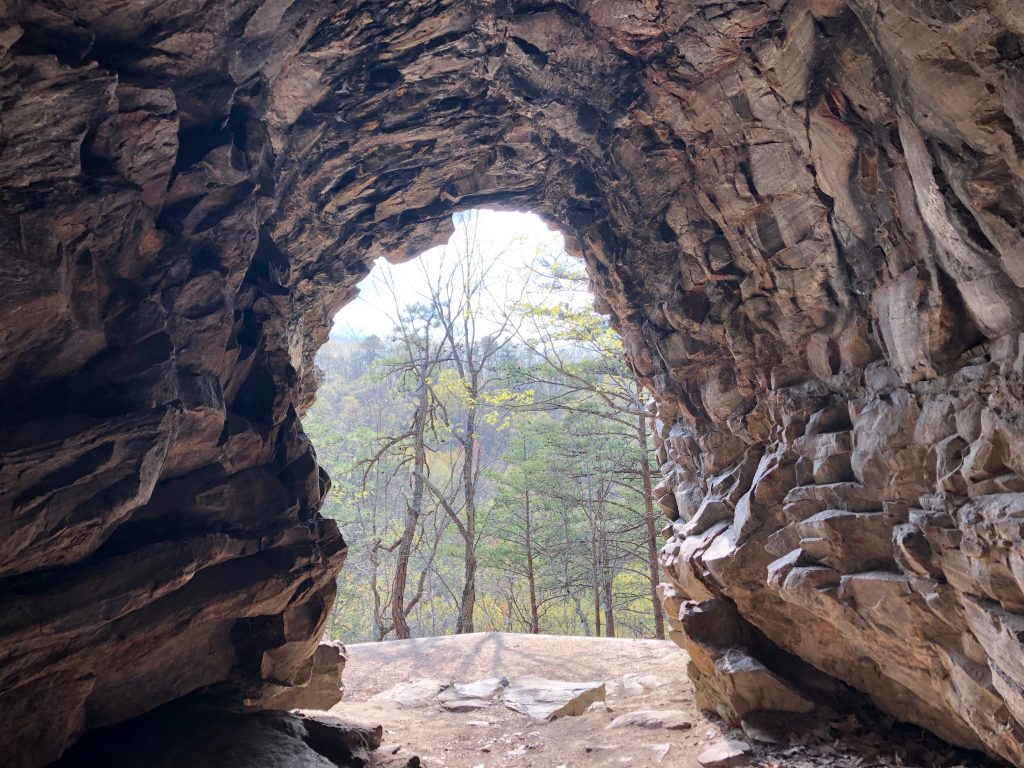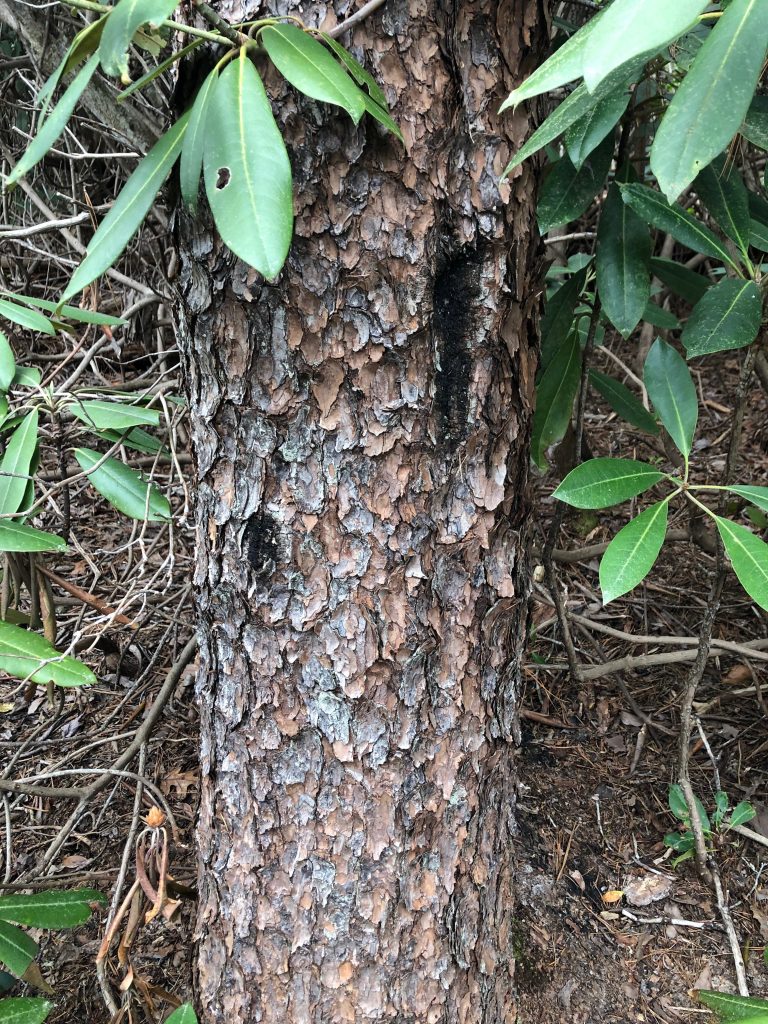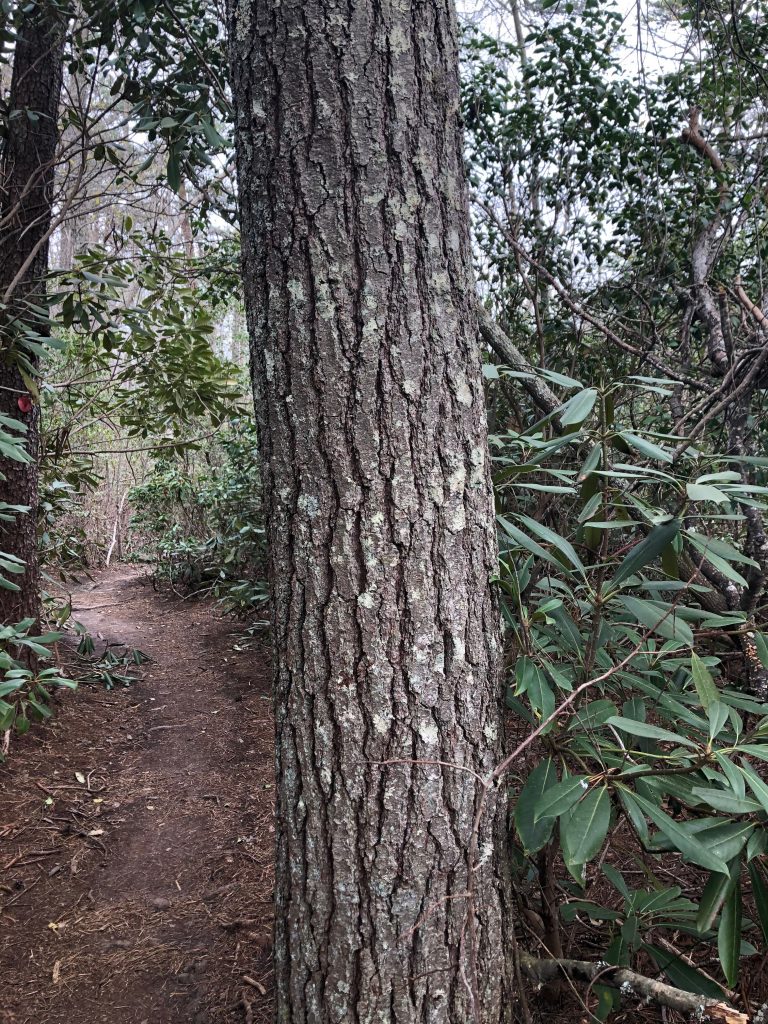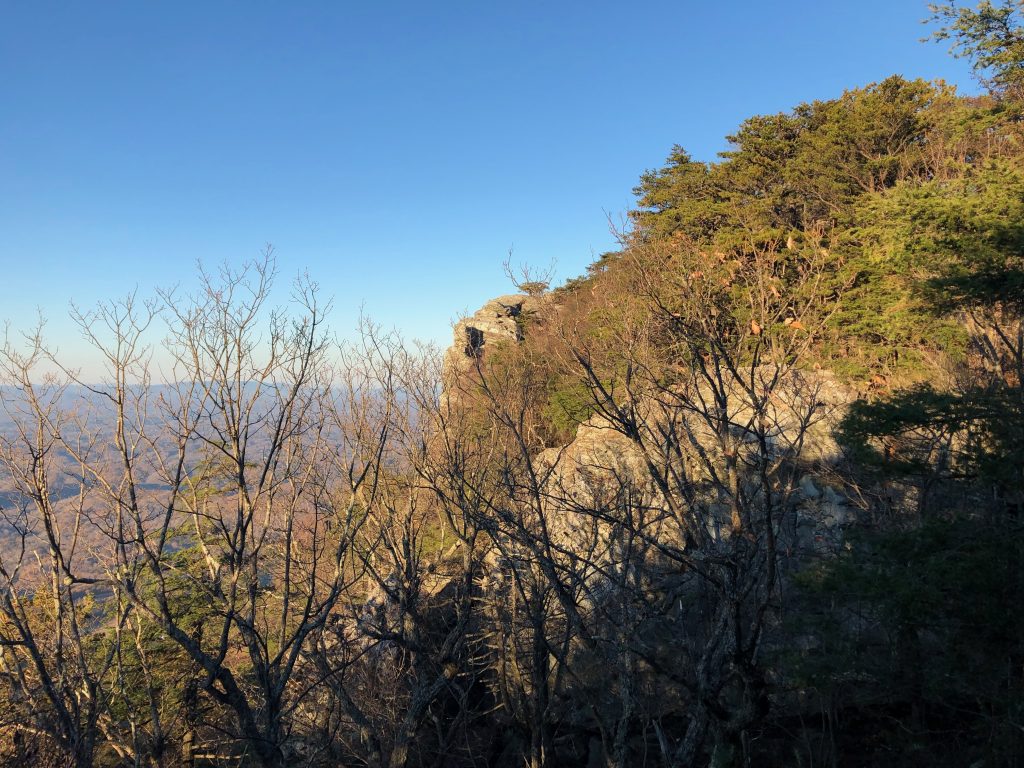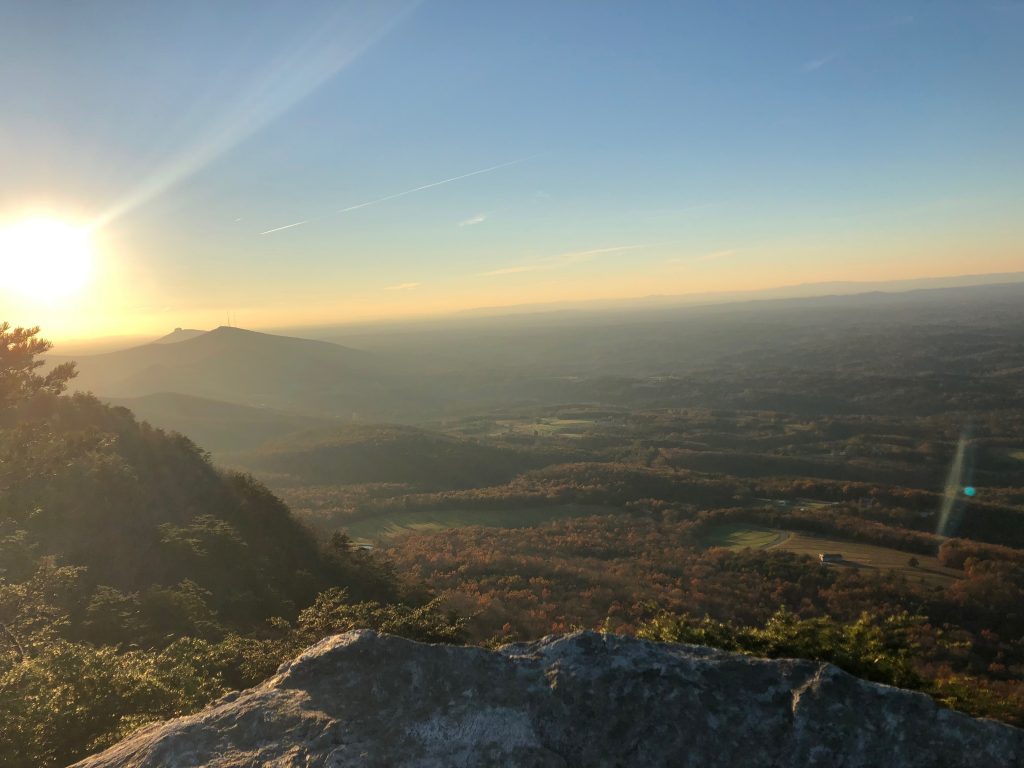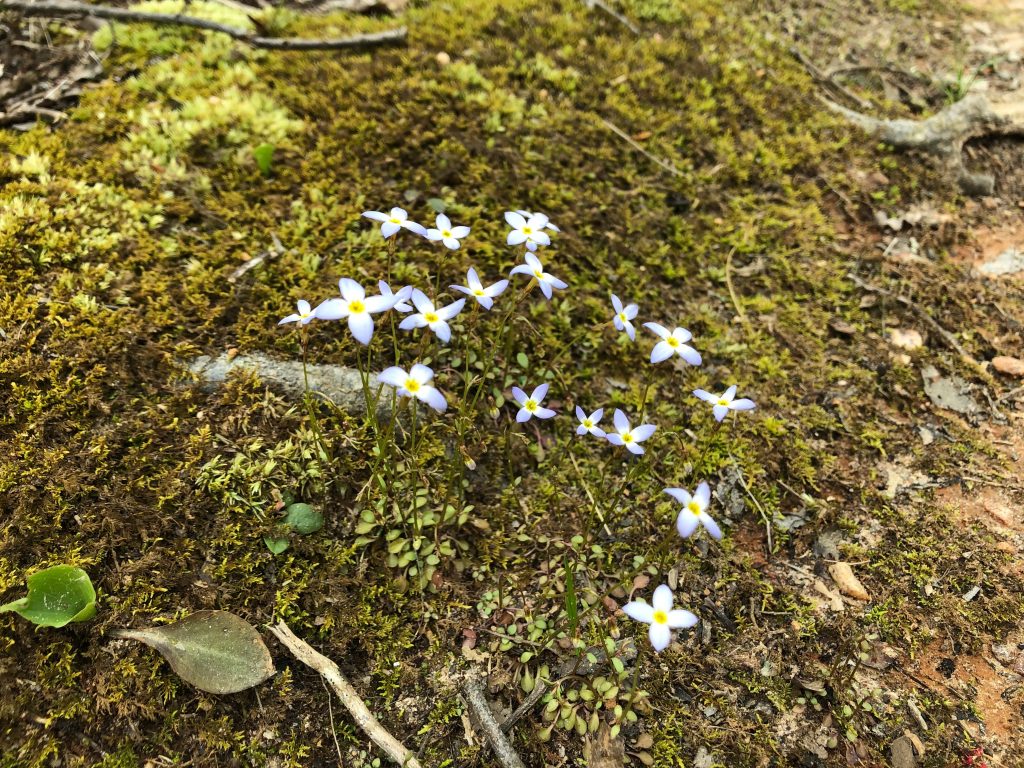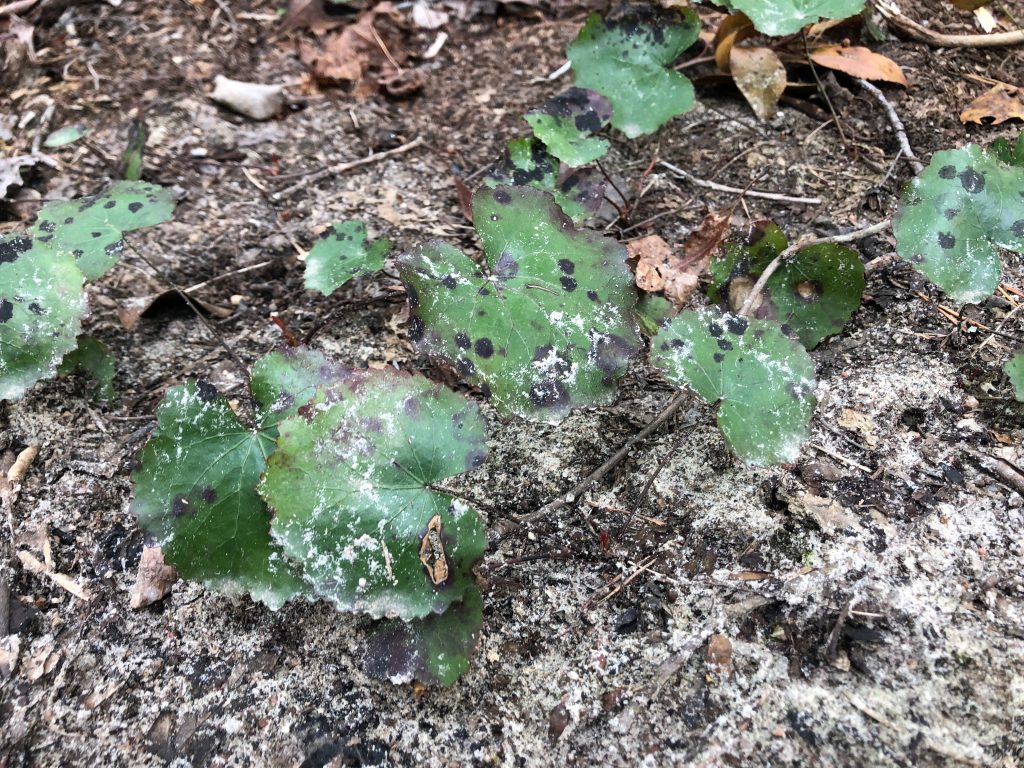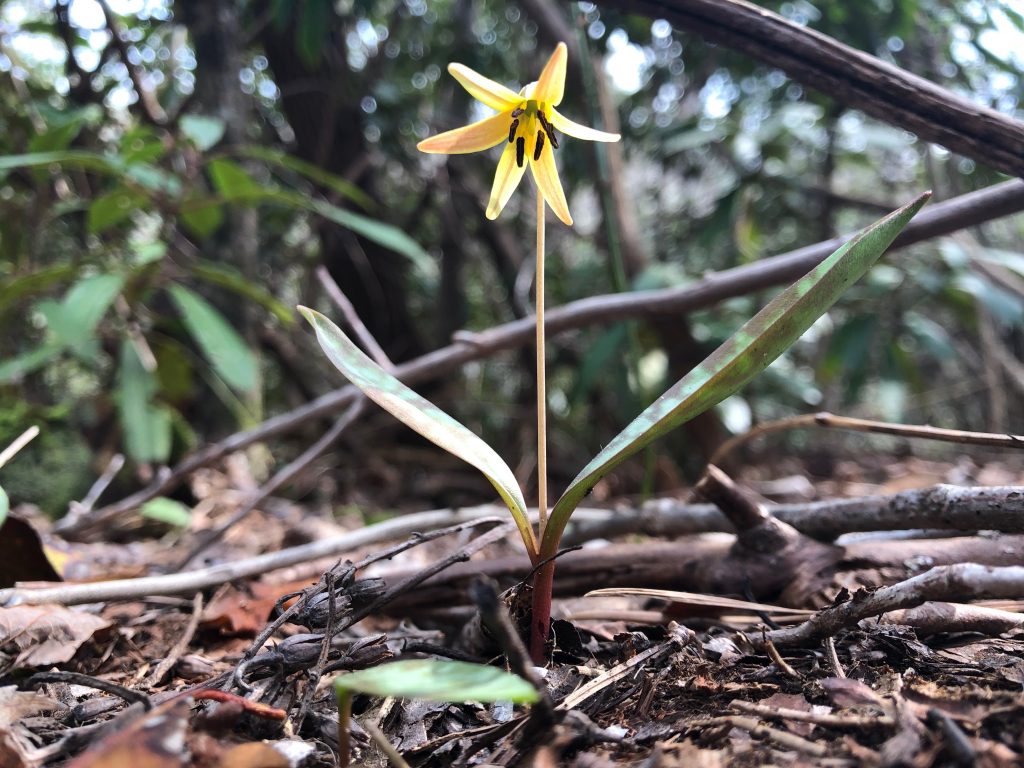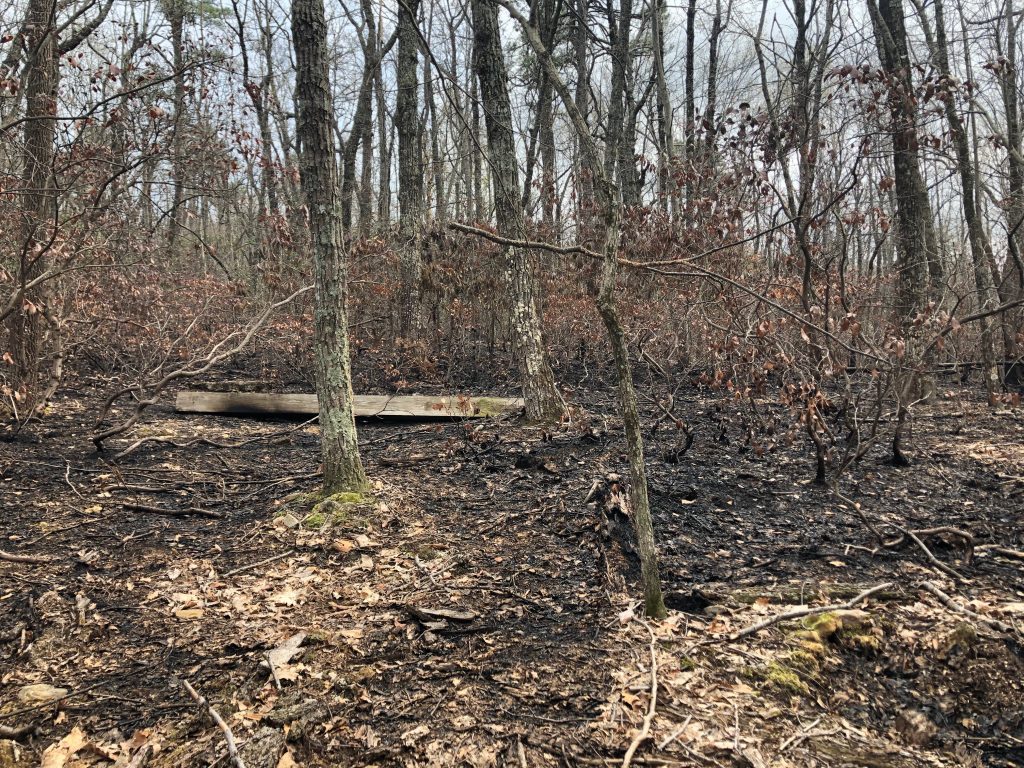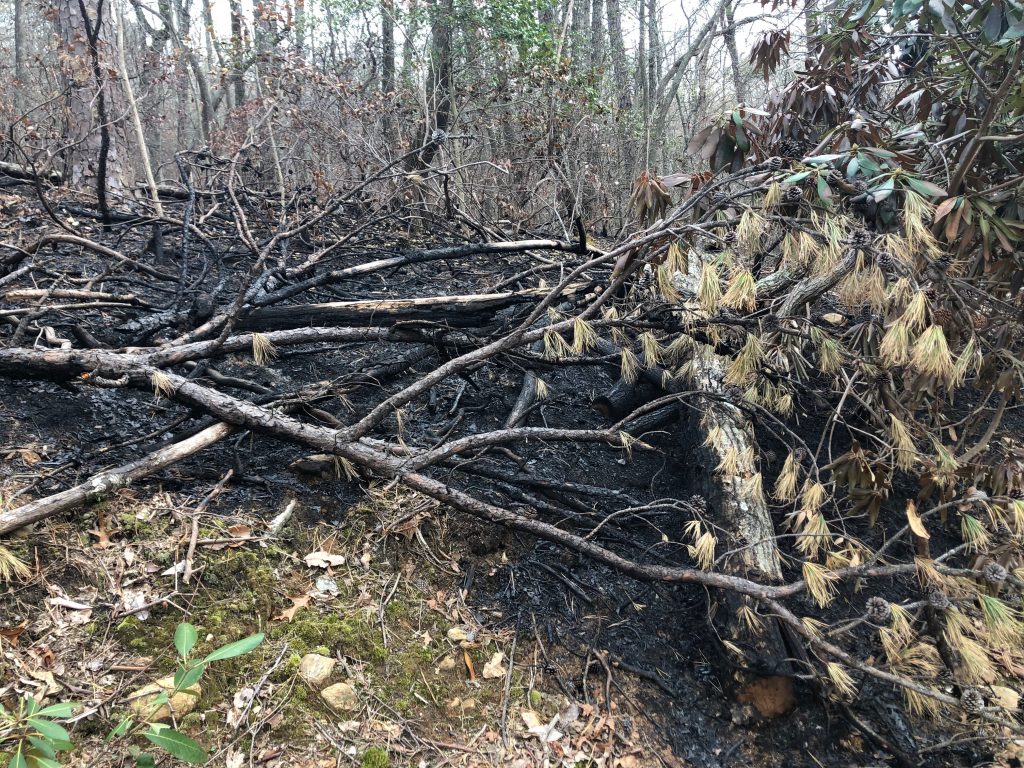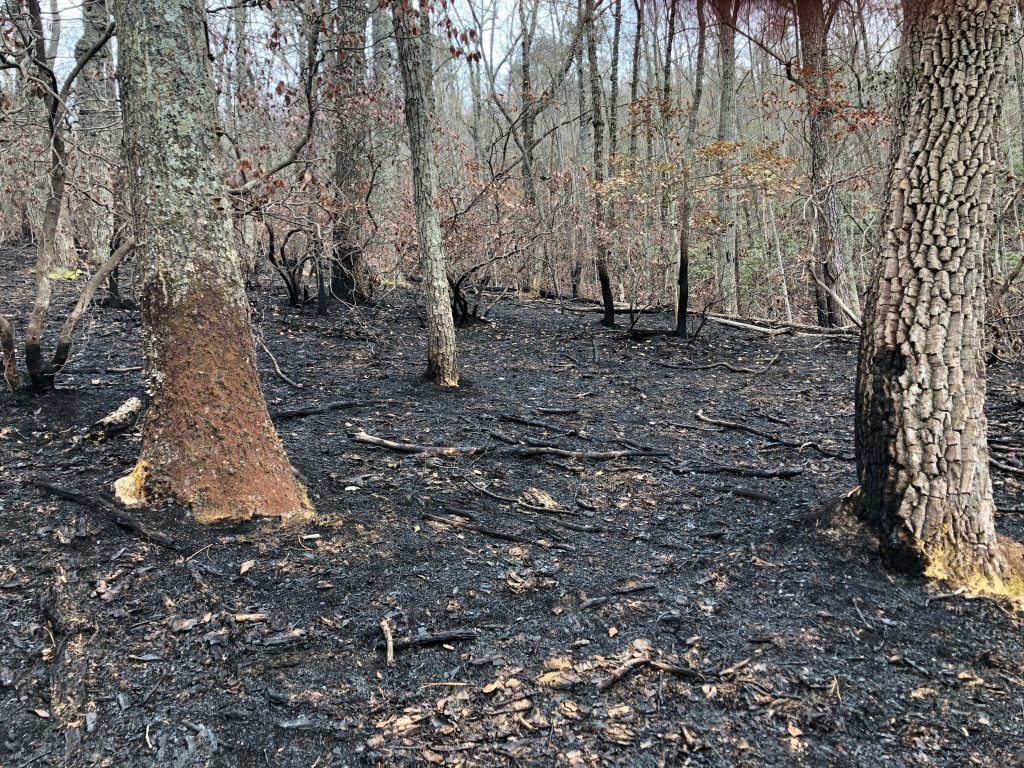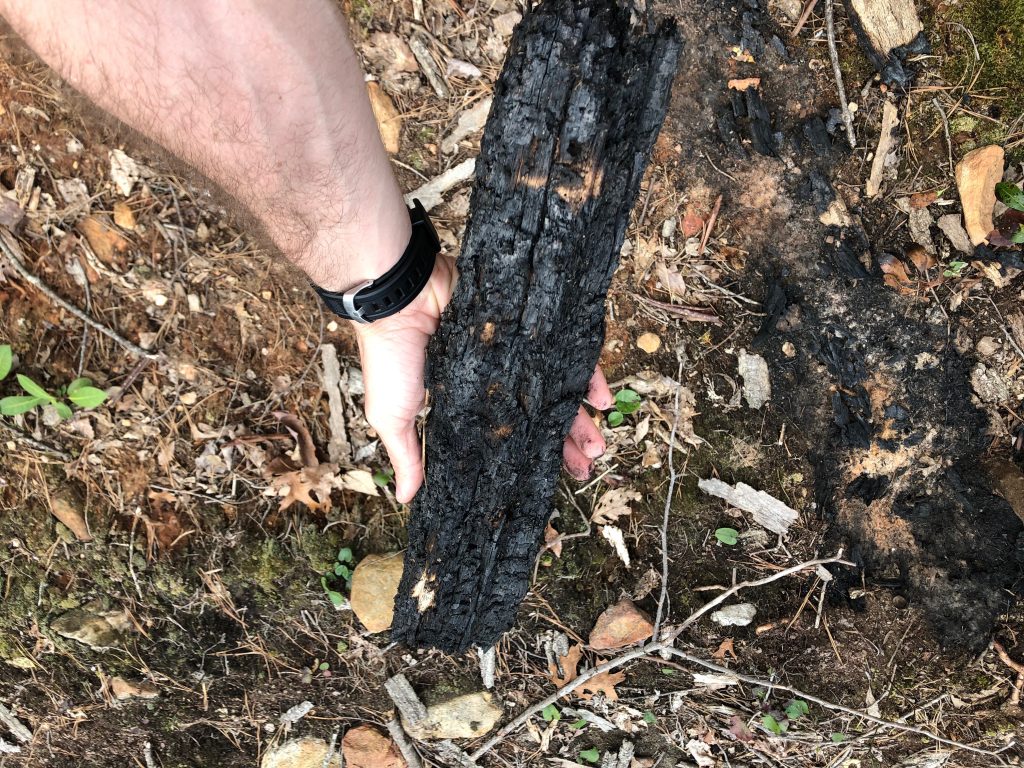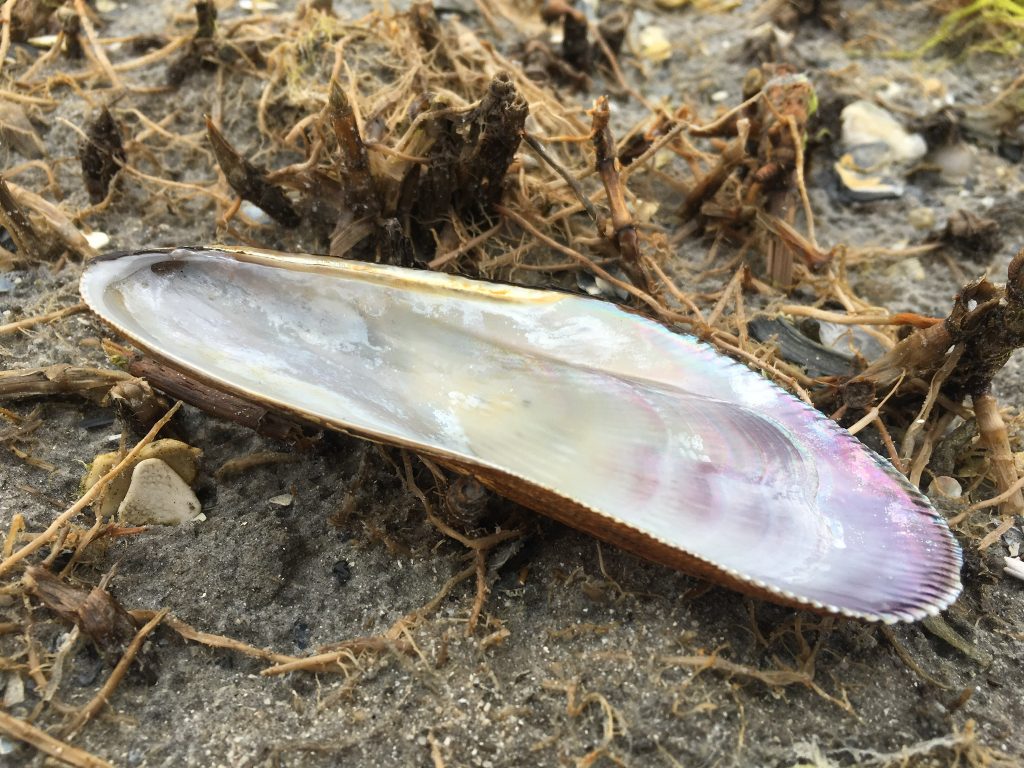Originally I wanted to see how a rainstorm could change up the environment of the park, perhaps follow the stream to deduce just where all the runoff leads. That was the original plan any way, but as I parked the car and prepared to walk the same familiar trails, I realize there was one last area I had yet to explore. It was a small area many wouldn’t give much thought at first, but my overwhelming sense of discovery made it ideal for a final post. It was the small trail that leads from the park’s entrance to the Butterfly Meadow and I can honestly say for an area so small, it packed quite a lot of wonders.

As I started walking, the first thing I noticed reminded me of a common passage I’d looked over int he management plan. Since a lot of old trees have been falling over, new ones naturally need to be planted and a large amount, possibly donations from the Hebrew Academy, encompassed the left side of the trail. With the recent rainfall all we can hope for is that they’re getting the proper amount they need to make up for the trees of old. I realized that despite hearing about it in the plan, up until now I hadn’t noticed a lot of new trees. It was nice to finally see a decent chunk out and about. From there, I saw some red berries that looked like they were almost ripe enough to eat, emphasis on almost. This small trail was simply breath taking in the rain, with some spider-webs strung up on a tree with little droplets caught inside if you looked hard enough.
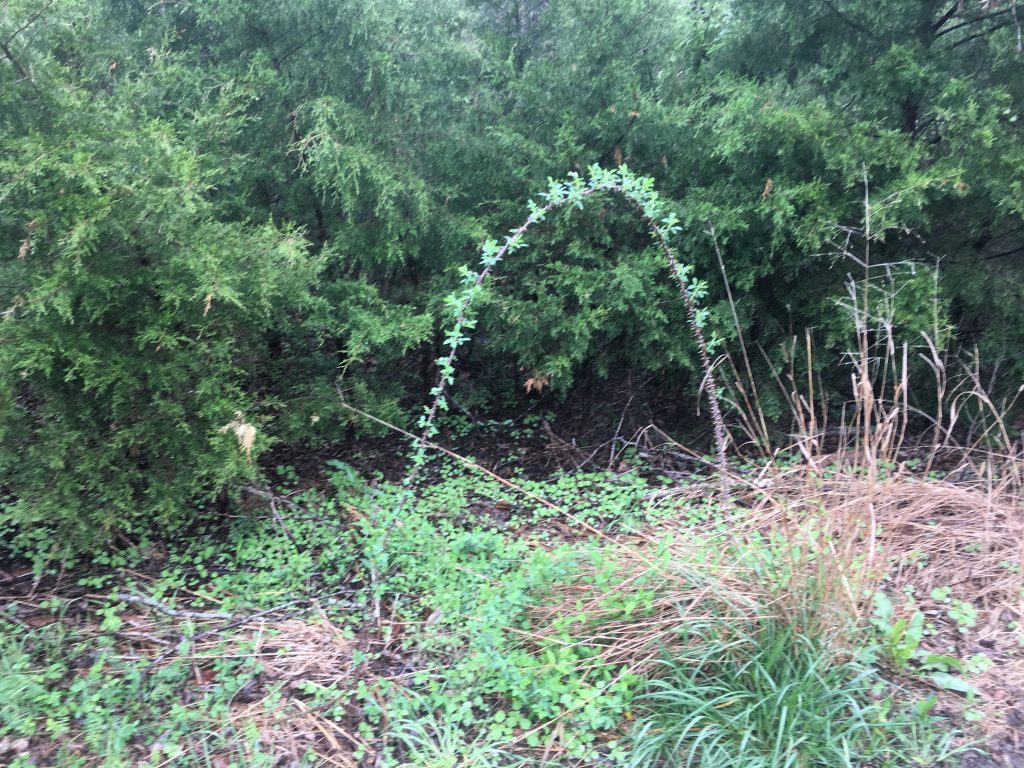
It really emphasized this idea that beauty can be found in the smallest and most unlikely of places. I’d say that’s a pretty great lesson to learn when your young. Learn to examine your surroundings, find things you may have glanced over without much thought before. In the end, just when I thought I had seen everything, I was wrong. I’ve learned that no matter how many times you visit the same place, if you look hard enough and think about it logically, you’ll always find something new to discover.
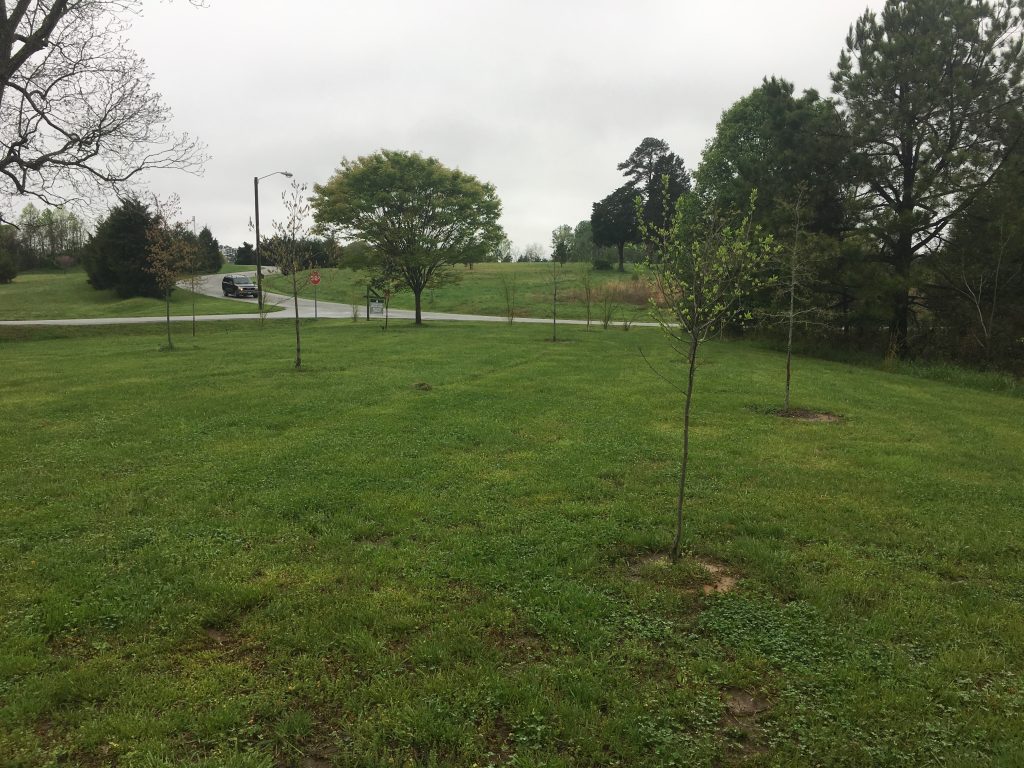
I’d like to end this with more of a tribute than a mere reflection of events, if you will. As I walked to the entrance of the park and the big wooden sign that read “Welcome to Price Park” greeted me once again, I noticed a metal sign to the left of it. It was a simple sign with a simple goal, but I believe it is essential to hear as it perfectly summarizes the goal of Price Park and its parents. It read “Piedmont Land Conservancy permanently protects important lands to conserve our region’s rivers and streams, natural and scenic areas, wildlife habitat, and farm land that make the Piedmont a healthy and vibrant place to live, work and visit for present and future generations”. To me, this perfectly captures the essence of the park. It’s a big place with loads to discover and much more that’s worth preserving and protecting. If not for us then for our children and theirs.

